Since its 1979 revolution, Iran has developed a reputation as having some of the world’s harshest drug penalties and as an opponent of efforts to reform global drug policy. Overall, however, Iran’s drug policies have been highly varied, with some policy experimentation taking place even after the revolution. And certainly long before it, Iran experimented—perhaps more than any other country—with a wide range of policies to respond to widespread drug use and poppy cultivation, alternating between permissive and very harsh policies.
What is perhaps most surprising is how little the Iranian revolution actually changed drug policies in Iran. And while the revolution did have pronounced effects on international drug markets, they were, once again, actually less than meets the eye. Importantly, for example, poppy production was bound to go up in Afghanistan regardless.
Iran’s opium before the revolution
From the 19th century up to the 1979 revolution, drug policy in Iran oscillated widely, running the gamut from legalization to harsh prohibition. By the end of the 19th century, Iran—then known as Persia—was one of the world’s top opium exporters, even as the government did not have effective control over most of the country’s territory.
Nonetheless, the state’s promotion of opium poppy agriculture was so “successful” that wheat was abandoned for opium poppy, contributing to the Great Famine of 1870-72, in which some 1.5 million people died. (Iranian narratives blame British machinations.) Opium exports became a key source of Iran’s foreign currency and tax revenues. It was for those economic reasons that Iran was loath to control its opium exports to China and elsewhere even though it had signed a variety of international commitments to that effect in the early 20th century. Even as China specifically banned the imports of Persian opium in 1912, Iran encouraged its farmers and businessmen to export it there.
Following a 1928 law to monopolize opium production under a state agency, Iran’s poppy cultivation increased to 25,000 hectares (ha). So did exports and tax revenues, and Iran’s reputation as a global drug pariah. Not all of the exports were illegal: By international agreement, Iran was allowed to supply 25 percent of the world’s legal opium requirements for medications between 1929 and 1955.
Meanwhile, in the early part of the 20th century, opium abuse in Iran also dramatically increased. Among Iran’s early responses to growing addiction was a program in the 1920s to provide addicts with opium ration coupons. Progressively, however, policies toward use hardened, particularly as widespread mobilization by social activists—such as the Society Against Opium and Alcohol—highlighted addiction’s devastating effects. Still, by the 1950s, Iran was estimated to have some 1.5 million drug users, out of a population of, at the time, 20 million.
 In 1955, the shah imposed a total ban on cultivation and outlawed the possession and sale of opium. The policy had a devastating effect on Iran’s 300,000 poppy farmers. In a country where many rural areas had no medical facilities of any kind and opium was widely used as a universal medicine, the policy also severely impacted a wide range of medicinal practices. The economic and social hardships were great, even though use and addiction did not subside. Users and addicts were imprisoned for longer and longer periods: In 1959, even the possession of poppy seeds, such as on bread, was criminalized with up to three years of imprisonment.
In 1955, the shah imposed a total ban on cultivation and outlawed the possession and sale of opium. The policy had a devastating effect on Iran’s 300,000 poppy farmers. In a country where many rural areas had no medical facilities of any kind and opium was widely used as a universal medicine, the policy also severely impacted a wide range of medicinal practices. The economic and social hardships were great, even though use and addiction did not subside. Users and addicts were imprisoned for longer and longer periods: In 1959, even the possession of poppy seeds, such as on bread, was criminalized with up to three years of imprisonment.
Prohibition was systematically undermined by widespread smuggling of opium and heroin from Afghanistan and Turkey—an inevitable outcome, as the ban did not end demand and no treatment facilities and programs were in place. Amounting to some 100 tons yearly, the smuggling from Afghanistan proved particularly violent: Many smugglers risked their lives for as little as $13 per trip, often in bondage to Afghan feudal khans. Iran’s widespread use of the death penalty for drug trafficking did little to deter smuggling, especially as the Afghan smugglers also faced execution from their Afghan overlords if they returned to Afghanistan empty-handed. Thus, when they lost drugs to interdiction operations, they often looted Iranian rural settlements and dragged off villagers into Afghanistan.
Frustrated by international trafficking (in the same way that Iran’s policies a few decades earlier undermined China’s drug policy goals) and facing massive losses of gold and hard currency paid to international drug traffickers, the shah lifted the ban in 1969. Once again under a state monopoly, poppy cultivation swung back to 20,000 ha. Some 110,000 addicts, those deemed unable to quit because of age or other physical conditions, were given registration cards to obtain state-provided opium. At least 300,000 officially estimated users, however, did not end up on the registration list, and the actual addiction rate was believed much higher.
Revolutionary highs and lows
After the 1979 revolution, Ayatollah Ruhollah Khomeini declared drug use “un-Islamic,” once again seeking to reduce addiction. Although the Ayatollah called the shah’s drug executions “inhuman,” the revolution put in place a “purification” program that extensively jailed and executed drug offenders.
A notorious chief justice of the Revolutionary Tribunals and simultaneously head of the Anti-Drugs Revolutionary Council, Sadeq Khalkhali, previously a minor cleric, sentenced to death at least 582 drug dealers during his 11-month reign in 1979, along with the hundreds of others whom he had arbitrarily executed for imagined offenses with zero due process. The use of capital punishment for drug crimes intensified after 1988, and some 10,000 people have received the death penalty for drug-related offenses since then.
The revolution also ended domestic experimentation with legal cultivation of poppy. Despite the economic impacts on Iran’s farmers, any illicit cultivation was also effectively suppressed. Opium and methadone maintenance were discontinued, but no other treatment for widespread addiction was available.
And once again, outsiders moved to supply the intense demand for drugs. By then, Turkey had effectively legalized its opium production and prevented diversion into the illegal trade, with the United States committing itself to buy a substantial portion of such legal Turkish opium. So drug smuggling into Iran shifted to Pakistan. Poppy cultivation took off in Pakistan’s impoverished tribal areas and thrived there during the 1980s, supplying Iran, Europe, and other markets. By the early 1990s, Pakistan’s illegal production dried up as a result of U.S.-sponsored eradication and alternative livelihoods efforts.
Critically, opiate production switched robustly to Afghanistan and—along with CIA money from the mid-1980s on—funded the mujahideen who fought the invading Soviet Army. To starve the mujahideen and deprive them of food and shelter among the population, the Soviet Army adopted a scorched-earth policy. In order to drive the rural population into cities (which they controlled), the Soviets burned orchards and fields and destroyed water canals. The consequence was a significant increase in poppy cultivation: Simply no other crop could survive the harsh weather and lack of water and fertilizers. Unlike legal goods that needed to be processed, and depended on good roads and legal value-added chains and markets, harvested opium resin would not spoil.
It was of little comfort to the Afghan people that the heroin production flourishing in the destroyed land also got the Soviet Army extensively addicted. The 1990s Taliban policy of taking an already impoverished and devastated country back to the 9th century—with systematic destruction of administration and socio-economic facilities—had one key outcome: more and more poppy. By 1998, Afghanistan surpassed Myanmar as the world’s top producer of opiates. It has remained the dominant supplier of illegal organic opiates since. Seventeen years of U.S. counterinsurgency and state-building efforts in Afghanistan have not managed to mitigate insecurity and other structural drivers of opium poppy cultivation in the country, and opium poppy continues to thrive and be exported to and through Iran.
Drugs and drug policy in Iran today
Despite the dramatic political developments in 1979 and a series of wide policy swings for over a century, drug use in Iran has remained remarkably stubborn.
Addiction and reforms
Out of a population of 81 million, about 2 to 3 million Iranians are estimated to be addicts, continually one of the world’s highest addiction rates. Prisons abound with users: In 1987, 78,000 people were imprisoned in Iran on drug-related charges; in 2004, the number was 431,430. In the mid-2000s, Iran and the United States shared a similar rate of imprisonment for drug users, some of the highest rates in the world.
The revolution transformed the socio-political context: Alcohol was prohibited for all other than religious minorities, severe restrictions were imposed on social interaction among unrelated men and women, and few opportunities existed for personal self-fulfillment. These developments likely exacerbated drug use. However, addiction rates, including by the world’s standards, were very high even before the revolution. Perhaps the most significant and detrimental effect of greater penalties and intensified efforts at supply control after the revolution has been the switch to hard drugs. Because it is compact and easier to hide, heroin is easier to smuggle than opium. Thus, although the rate of addiction in Iran may be half of what it was in the 1950s, the severity of addiction and its associated effects worsened.
The failures of harsh policies periodically resurrect reforms. In the late 1990s, President Mohammad Khatami reduced penalties for drug use, emphasizing instead drug treatment and harm reduction efforts focused particularly at preventing the spread of HIV/AIDS. Methadone maintenance came back into vogue, with some 130,000 receiving methadone in 2009. Such progressive reforms, however, weakened during the Mahmoud Ahmadinejad years, and treatment facilities and harm-reduction support systems are still hard to come by, particularly for women, while social stigma and fear of law enforcement persist.
In January 2018, Iran raised the amount of drugs in possession that triggers the death penalty from a mere 30 grams of heroin, morphine, and cocaine, and 5kg of cannabis and opium, to more than 50kg of opium, 2 kg of heroin, and 3 kg of crystal meth. The change allowed around 5,000 people on death row to have their cases reviewed, with the prospect of having their sentences commuted to imprisonment or fines. The death penalty for marijuana possession and trafficking has been completely eliminated. And in the spirit of marijuana-legalizing times, a 2015 proposal even sought to decriminalize opium and marijuana and introduce state-controlled cultivation.
Supply control and its contradictions
With Afghan opium poppy blooming on its doorstep and its own addiction unabating, Iran has sought to prevent trafficking into the country. It has spent more than $800 million on concrete barriers and deep ditches along its borders with Afghanistan and Pakistan. Annually, it carries out some 500 to 600 armed interdiction operations. In 2017, Iran was making three-quarters of the world’s opium seizures, and one-quarter of the world’s heroin seizures, according to the United Nations. Around 4,000 Iranian police officers and border guards have lost their lives in counternarcotics operations.
Through technical and financial support, Iran has also sponsored alternative livelihood efforts in Afghanistan’s Herat province. Amid growing insecurity in Afghanistan and many economic and governance challenges to legal economic development, those efforts fared as well—or poorly—as U.S. and Western efforts at promoting legal livelihoods in Afghanistan. Some one-third of Afghanistan’s heroin continues to flow into and through Iran, supplying its own market and other parts of the Middle East and Europe.
But even as Iran has devoted vast resources to supply control, suffered widespread addiction, and railed against Western failures to end poppy cultivation in Afghanistan, a variety of state and Iran-sponsored actors have been implicated in drug trafficking. The U.S. Department of Treasury designated multiple individuals within Iran’s Islamic Revolution Guards Corps Quds Force as drug traffickers. Iran’s sponsored proxy paramilitary forces, such as the Lebanese Hezbollah and various pro-Iranian paramilitary hashd groups in Iraq, have also been implicated in drug trafficking. Hezbollah is alleged not only to tax and protect cannabis fields in Lebanon’s Bekka Valley, a charge it denies, but it has also been accused of trafficking cocaine from Latin America, such as in the Triborder region. As Felbab-Brown learned during interviews in Iraq in December 2018, Iranian-sponsored paramilitary groups in Iraq are alleged to smuggle heroin from Iran and captagon from Syria into Iraq. Such accusations are eagerly seized upon by Saudi Arabia, which revels in charging its arch-rival intelligence forces and proxies, such as Lebanon’s Hezbollah, with purposefully poisoning and destroying Saudi youth by facilitating drug smuggling to the kingdom.
Overall, the key takeaway in the years before and since Iran’s Islamic Revolution is that imperatives and principles of public health at home compete with Iran’s economic and geopolitical objectives abroad, as they have for many countries—earth-shaking revolution or not.
The Brookings Institution is committed to quality, independence, and impact.
We are supported by a diverse array of funders. In line with our values and policies, each Brookings publication represents the sole views of its author(s).

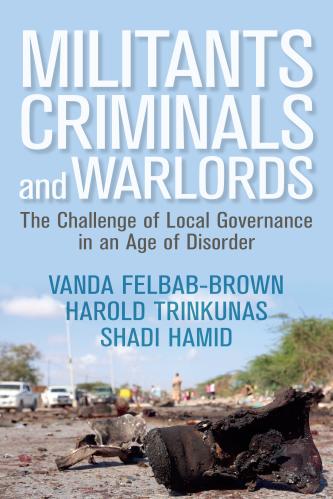
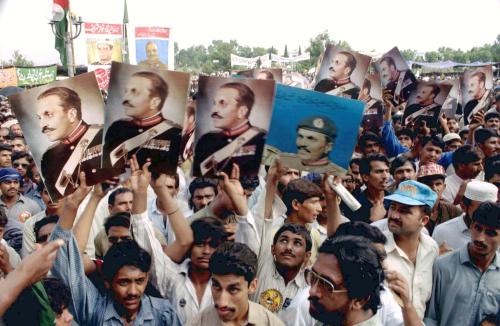
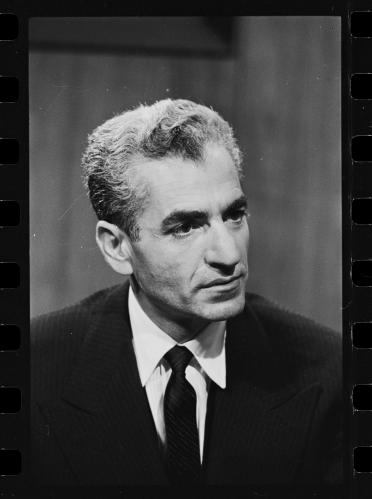
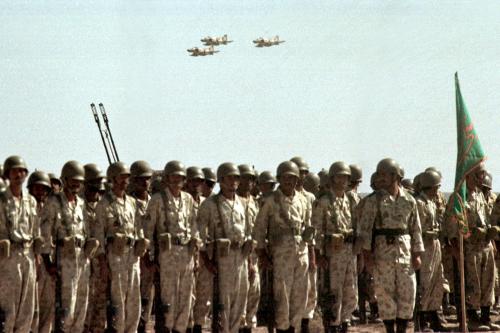

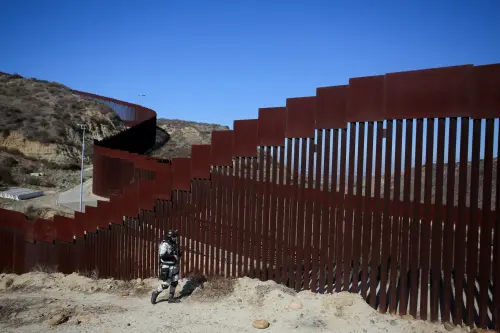
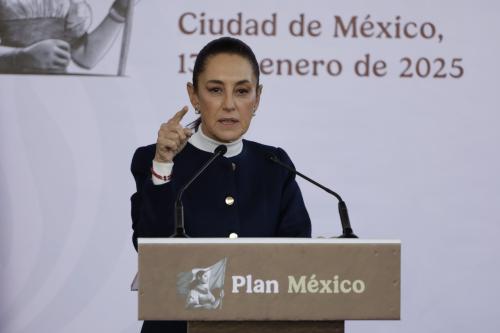
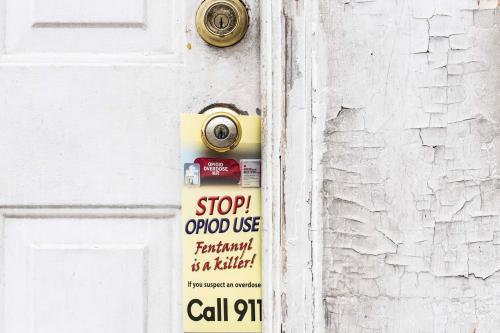
Commentary
Out with the old, in with the old: Iran’s revolution, drug policies, and global drug markets
January 24, 2019